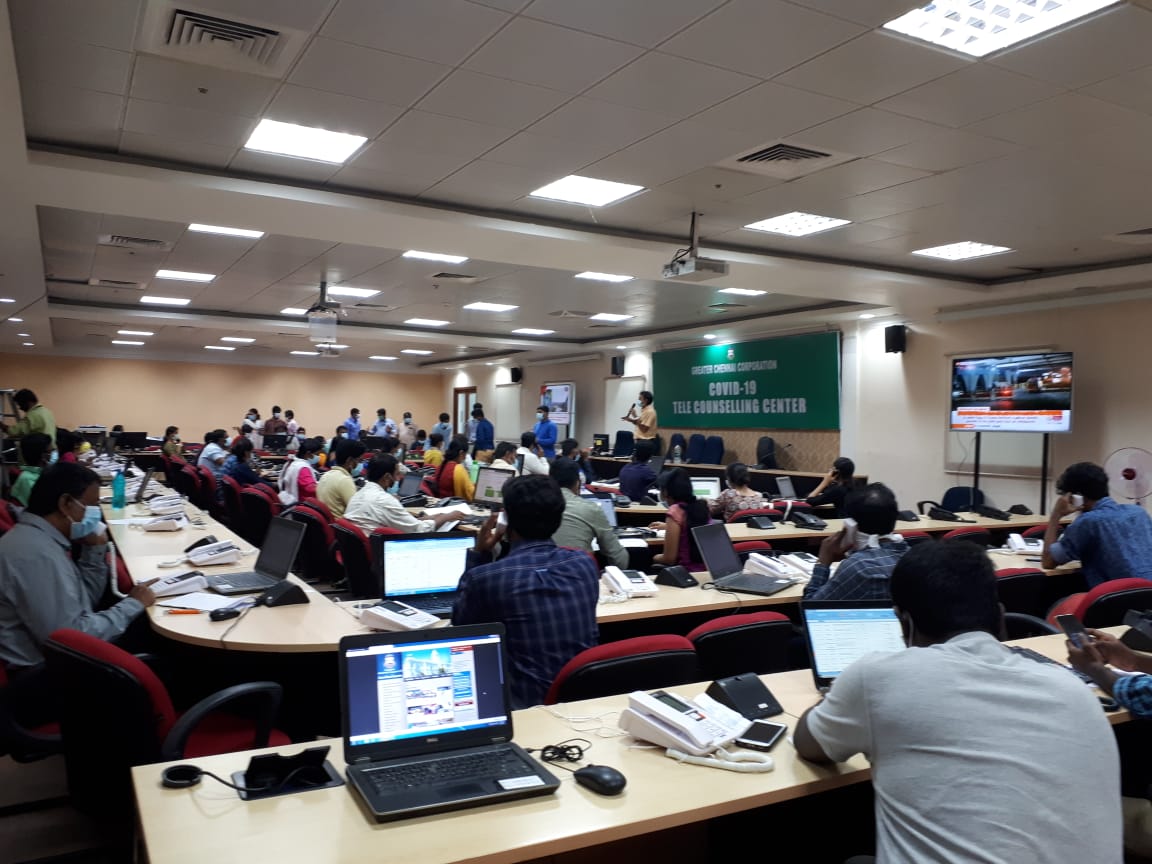
74% of Indian workers want flexible work options: Microsoft survey
The future of work is hybrid, as 74% of Indian employees want more flexible remote work options, says a Microsoft survey

Nearly three-fourths (74%) of Indian employees say they want more flexible remote work options, according to the findings of the Microsoft Work Trend Index. Yet, 73% of them are also craving more in-person time with their teams.
To better meet both sets of needs, “73% of business decision makers are considering redesigning physical spaces to better accommodate hybrid work environments”, said the Microsoft report. “The data is clear: extreme flexibility and hybrid work will define the post-pandemic workplace.”
The index reveals insights, challenges, expectations, and motivations that will shape the future of work in India.
Remote job listings
Remote job postings on LinkedIn have increased more than five times in the past year, and people find it a welcome trend, the survey found. About 62% of India’s workforce, including 51% of Gen Z, sought to switch jobs this year. Globally, 41% of employees are considering moving on to new places of work.
“If we have learnt one thing in the last year, it’s that we are no longer bound to traditional notions of space and time when it comes to how, when, and where we work. The Work Trend Index findings attest that remote work has created new opportunities but there are challenges ahead as well. We believe hybrid work is the future, and a successful hybrid strategy will require extreme flexibility,” said Rajiv Sodhi, Chief Operating Officer, Microsoft India, in the report.
Work has become more ‘human’
The survey found that amid the pandemic, co-workers leaned on each other in new ways to get through the year. “One among four (24%) of Indian employees have cried with a colleague and 35% people are less likely to feel embarrassed now when their home lives show up at work (online meetings). As living rooms made way for work meetings, 37% people got to meet their co-workers’ families,” said the report.
People who interacted with their co-workers more closely than before enjoyed stronger work relationships and reported higher productivity, it was found.
Digital overload is rising
While self-assessed productivity has remained the same or increased for many employees over the past year, it came at a human cost, the survey revealed.
About 62% of Indian workers said their companies were asking too much of them during a pandemic; 13% said their employers care little about their work-life balance. About 57% felt overworked and 32% were outright exhausted.
Tougher deal for Gen Z
India’s first generation of digital natives, or Gen Z, has taken a bigger hit from the workplace changes, said the survey. Nearly 71% of this generation — aged 18-25 — said they were “just about surviving or flat-out struggling”.
Also read: Can human lifespan be extended to 150 years? Scientists at it
“Survey respondents reported that they were more likely to struggle balancing work with life and to feel exhausted after a typical day of work when compared to older generations. Gen Z also reported more difficulty feeling engaged or excited about work, getting a word in during meetings, and bringing new ideas to the table when compared to other generations,” said the report.
Shrinking workplace networks
The survey studied anonymised collaboration trends between billions of Outlook emails and Microsoft Teams meetings. This revealed that the shift to remote work has shrunk official networks.
“Between April 2020 and February 2021, the number of people sending chats posted in a Teams channel — designed to include the whole team — have decreased by 5%,” said the report. “In contrast, the number of people sending small group or one-on-one chats have increased by 87%.”


